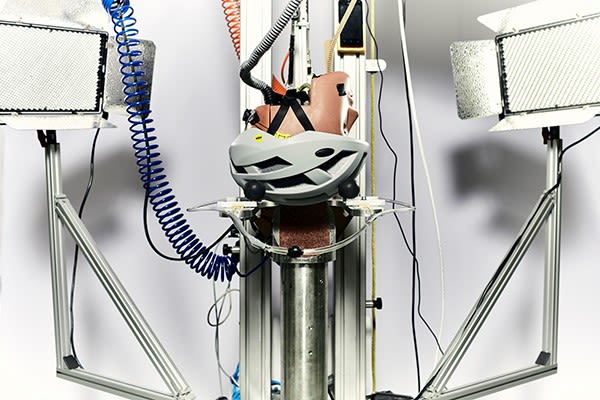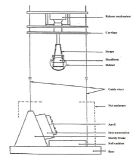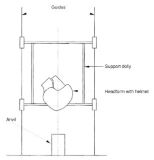
A study of 50 sports helmets from the world's top manufacturers used for snowsports, skating and cycling by American institution Virginia Polytechnic in partnership with the US Institute for Highway Safety has determined that the 13 best all feature the Swedish MIPS technology.
Helmets brands tested by the independent body included Bontrager, Bern, Bell, Specialized, Giro, Lazer, Louis Garneau, Smith, Scott and Rudy Project.
This latest testing was the second time that Virginia Tech's star rating system was used. The star rating system was developed through multiple studies that were funded by the Insurance Institute For Highway Safety, an independent, nonprofit scientific and educational organization dedicated to reducing the losses from vehicle crashes.
"Our goal with these ratings is to give an evidence-based tool for making informed decisions about how to reduce their risk of injury," said Steve Rowson, director of the Virginia Tech Helmet Lab. Virginia Tech's helmet laboratory is also a leader in testing helmets for team and motor sports.
Stockholm-based MIPS specialises in helmet-based safety and protection of the brain and the MIPS Brain Protection System (BPS) is sold to the global helmet industry.
"After thousands of hours in research, testing, and development, we are very proud to see MIPS in all of the top 13 helmets in this test, says Johan Thiel, CEO of MIPS."




